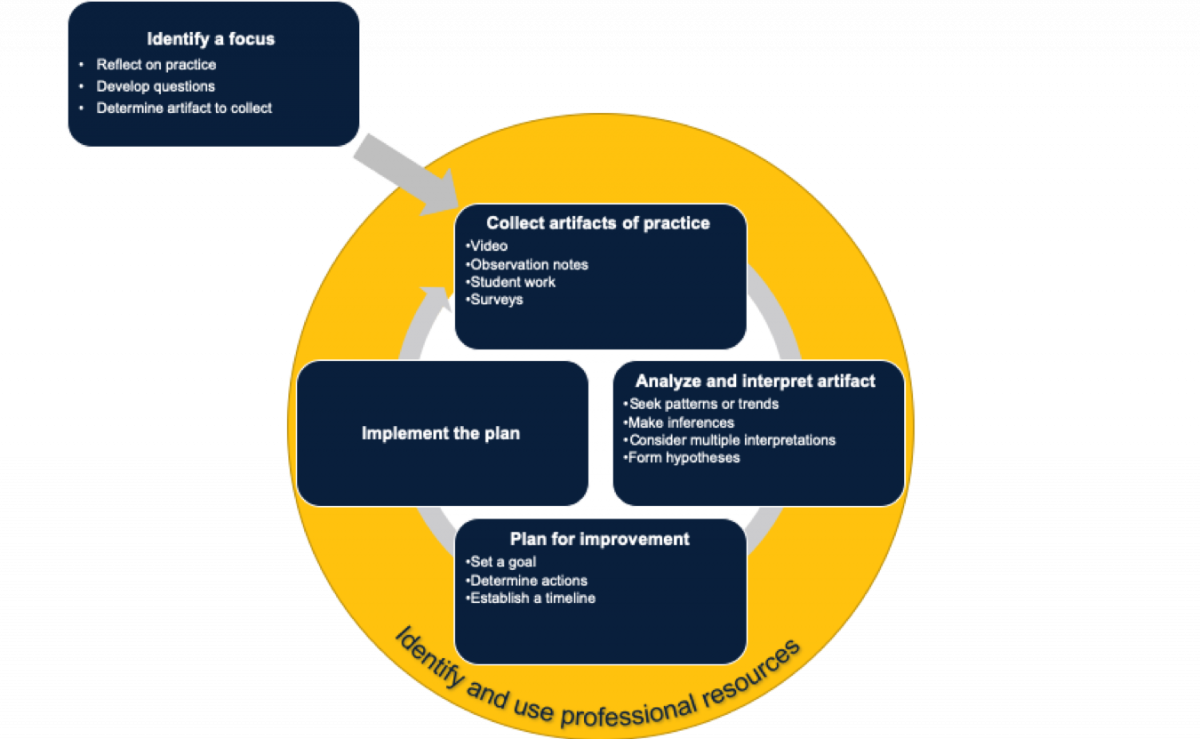What is analyzing instruction?
Learning to teach and continuing to improve requires regular analysis of instruction and its effectiveness. Teachers study their own teaching and that of their colleagues in order to improve their practice. Analyzing instruction may take place individually or with colleagues and involves identifying patterns, opportunities, and specific moves, and making hypotheses for how to improve. Reflective teachers recognize subtle, normalized patterns of oppression that undermine the learning of marginalized groups. They interrogate their underlying assumptions and seek to develop new instructional habits and strategies that support students to thrive.
How does analyzing instruction advance justice?
Teachers carry out countless moves and in-the-moment decisions every day. Their moves and decisions are often shaped by deeply held assumptions and dominant White notions about students, the content, and teaching. By analyzing instruction, teachers attend subtle patterns and biases and learn about how they might impact children. Analyzing instruction also provides opportunities to study students’ work, which can support teachers to see students’ strengths, deepen their content knowledge, and develop new strategies and approaches that can intervene on patterns that reproduce inequity.
What are the elements of the practice?
The diagram below breaks down work that teachers do when they are analyzing instruction. This breakdown, or decomposition, helps teacher educators to break down the practice into a set of parts that can be observed and practiced.
